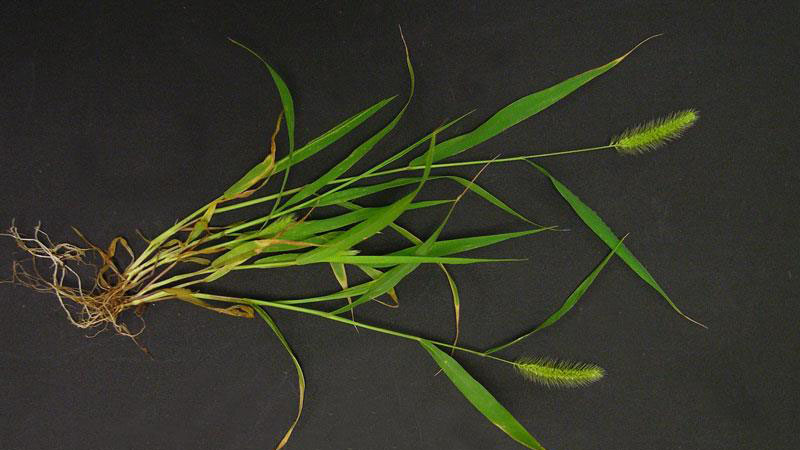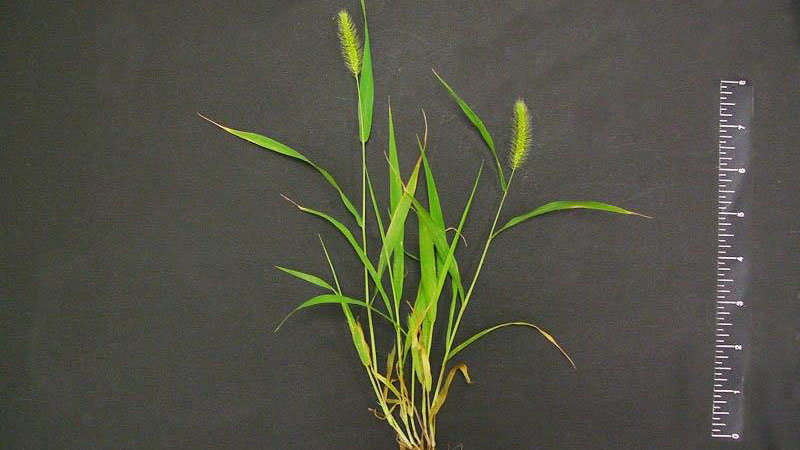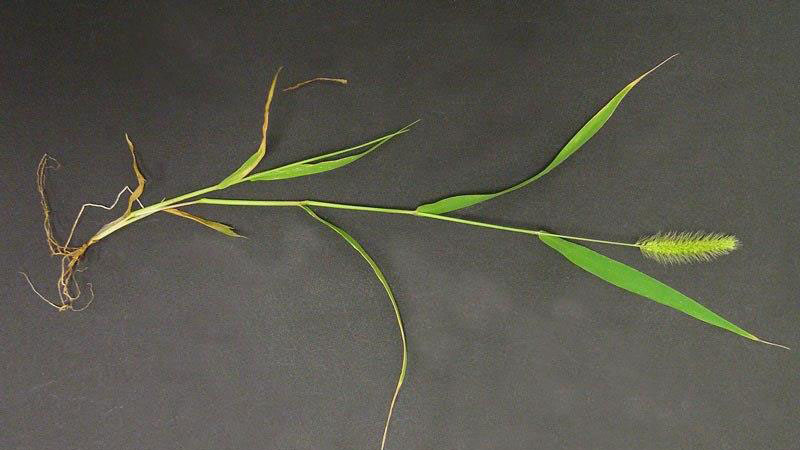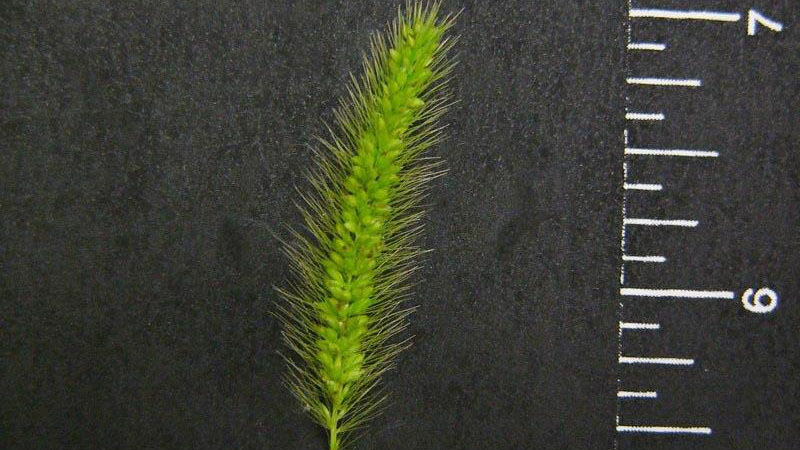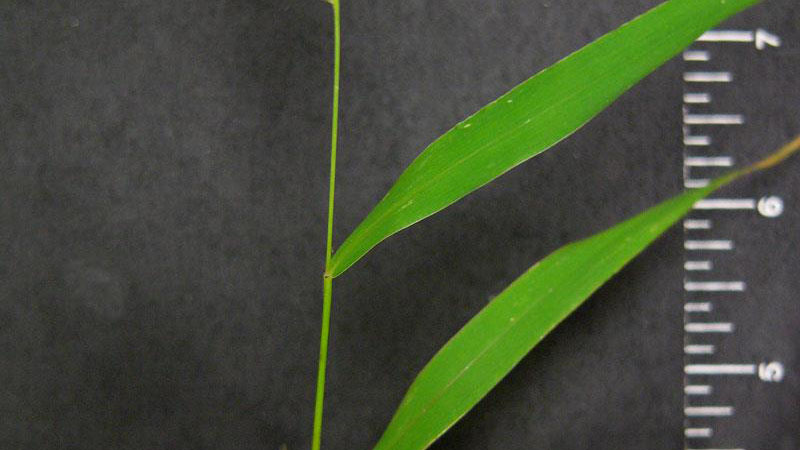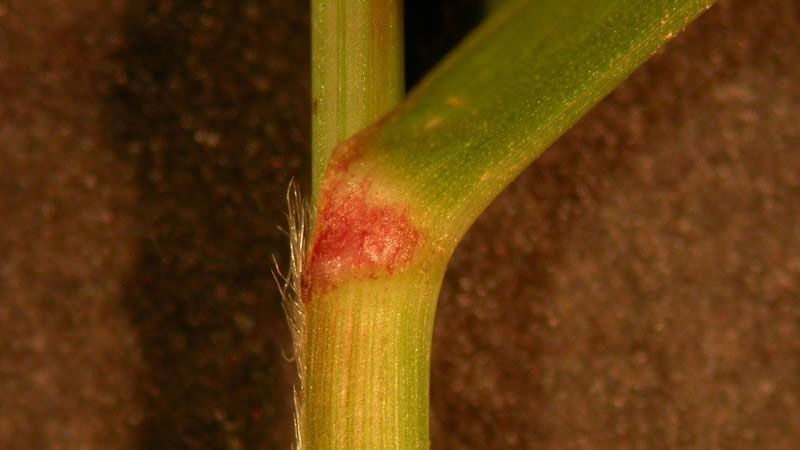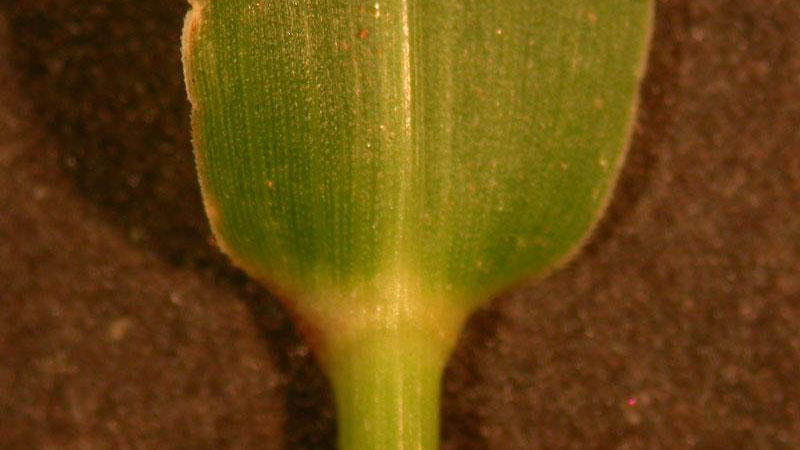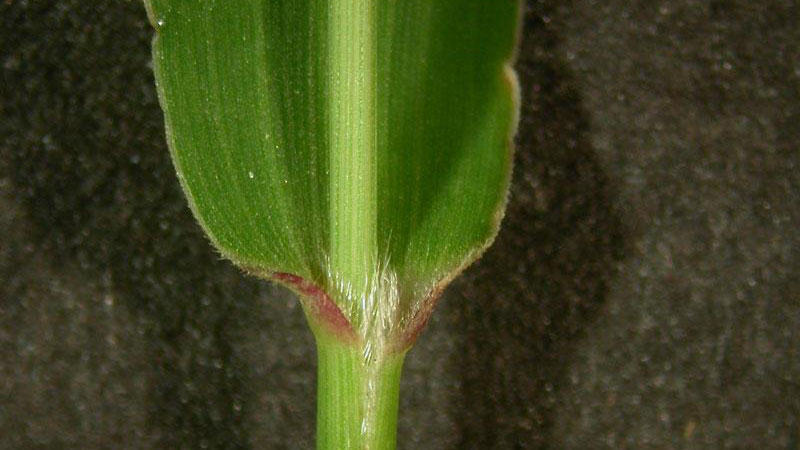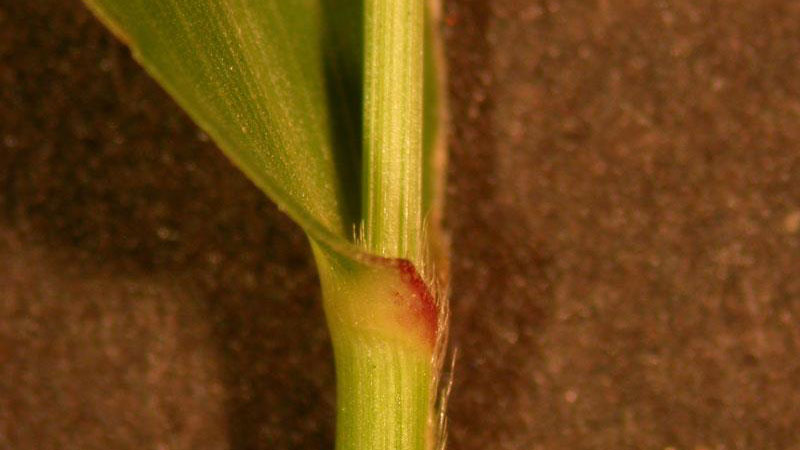Green Foxtail
en Español / em Português
El inglés es el idioma de control de esta página. En la medida en que haya algún conflicto entre la traducción al inglés y la traducción, el inglés prevalece.
Al hacer clic en el enlace de traducción se activa un servicio de traducción gratuito para convertir la página al español. Al igual que con cualquier traducción por Internet, la conversión no es sensible al contexto y puede que no traduzca el texto en su significado original. NC State Extension no garantiza la exactitud del texto traducido. Por favor, tenga en cuenta que algunas aplicaciones y/o servicios pueden no funcionar como se espera cuando se traducen.
Português
Inglês é o idioma de controle desta página. Na medida que haja algum conflito entre o texto original em Inglês e a tradução, o Inglês prevalece.
Ao clicar no link de tradução, um serviço gratuito de tradução será ativado para converter a página para o Português. Como em qualquer tradução pela internet, a conversão não é sensivel ao contexto e pode não ocorrer a tradução para o significado orginal. O serviço de Extensão da Carolina do Norte (NC State Extension) não garante a exatidão do texto traduzido. Por favor, observe que algumas funções ou serviços podem não funcionar como esperado após a tradução.
English
English is the controlling language of this page. To the extent there is any conflict between the English text and the translation, English controls.
Clicking on the translation link activates a free translation service to convert the page to Spanish. As with any Internet translation, the conversion is not context-sensitive and may not translate the text to its original meaning. NC State Extension does not guarantee the accuracy of the translated text. Please note that some applications and/or services may not function as expected when translated.
Collapse ▲Description
Green foxtail (Setaria viridis) is a bright green clumping annual weed common in turf and pasture areas. The seedheads can be distinguished from those of other foxtails because they are smaller and greener with long hairs. Yellow foxtail has a wider seedhead, with shorter bristles. In addition, yellow foxtail has hairs on the leaf margins and ligule. Giant foxtail has the largest seedhead of the three and this seedhead is drooping.
Cultural Control
These grasses occur infrequently in North Carolina in highly maintained turf but can be common in utility turf, such as along roadsides. Maintaining a dense, healthy turf year round by proper mowing and fertilization helps prevent encroachment and weed establishment.
Species Data
- SEEDHEAD / FLOWER
- VERNATION TYPE
- leaves rolled in the bud
- LIGULE TYPE
- dense fringe of hairs, 0.03 - 0.04 inches (0.8 - 1 mm) long
Figure 6
- dense fringe of hairs, 0.03 - 0.04 inches (0.8 - 1 mm) long
- GROWTH SEASON / LIFE CYCLE
- summer annual weed
- AURICLE TYPE
- absent
- LEAF BLADE TIP SHAPE
- sharp-pointed; flat, not hairy, slightly rough
Figure 7
- sharp-pointed; flat, not hairy, slightly rough
- LEAF BLADE WIDTH
- up to 0.5 inches (12 mm) wide
- STOLON PRESENCE
- absent
- RHIZOME PRESENCE
- absent
- COLLAR TYPE
- SHEATH MARGIN
- split with overlapping margins; edges hairy
- SHEATH TYPE
- flattened; sheath is not hairy
Figure 10, Figure 11
- flattened; sheath is not hairy



